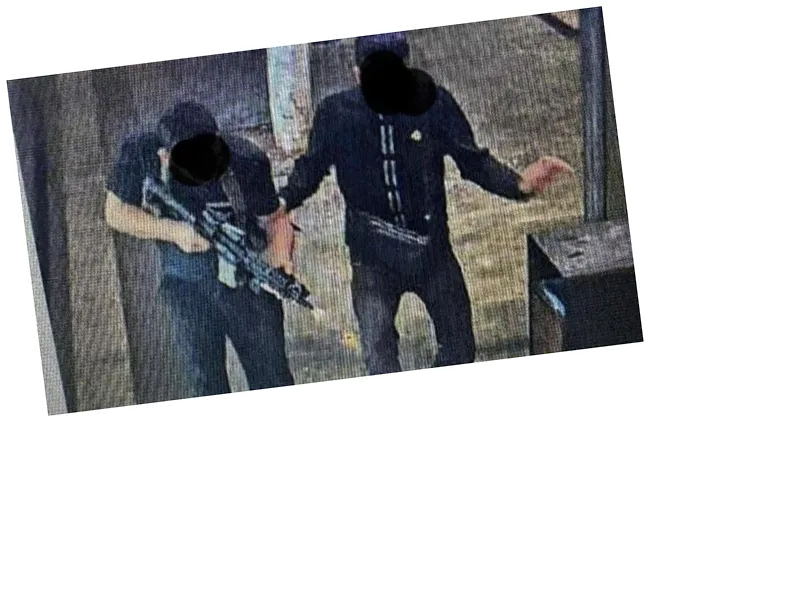Hamas's Resilient Guerrilla Tactics in Northern Gaza
The ongoing conflict in the northern Gaza Strip has highlighted the effectiveness of Hamas's guerrilla warfare strategies, which have made it increasingly difficult for Israeli forces to achieve a decisive victory. According to military analysts cited by The New York Times, the Qassam Brigades, Hamas's military wing, have effectively utilized hit-and-run tactics that allow them to inflict damage on Israeli forces while minimizing their own losses. This approach has led to a prolonged conflict, with analysts suggesting that Hamas is capable of engaging Israel in a drawn-out war that may not yield a clear outcome for either side.
The recent killing of Colonel Ihsan Daqsa, a high-ranking Israeli officer, during combat in Jabalia serves as a stark reminder of Hamas's operational capabilities. Despite facing significant challenges, including the death of their political bureau chief Yahya Sinwar, Hamas continues to leverage its underground tunnel networks and the element of surprise to maintain its resistance efforts. The Israeli military's inability to effectively neutralize these tactics has resulted in substantial casualties among their ranks, with Colonel Daqsa being the latest in a series of high-profile losses since the initiation of ground operations in Gaza.
The Impact of Urban Warfare and Tunnel Networks
The complexity of urban warfare in Gaza, compounded by the extensive network of tunnels used by Hamas, presents significant challenges for the Israeli Defense Forces (IDF). Reports indicate that many of these tunnels remain intact despite Israeli attempts to destroy them, allowing Hamas fighters to evade detection and continue their operations. This situation has been exacerbated by the use of civilian areas as battlegrounds, which complicates military engagements and raises humanitarian concerns.
As the conflict continues to evolve, Israeli forces are facing mounting pressure to adapt their strategies in response to Hamas's resilient tactics. The ongoing siege and the challenges of urban warfare suggest that the situation in northern Gaza will remain volatile, with both sides likely to suffer further losses as the conflict drags on.





